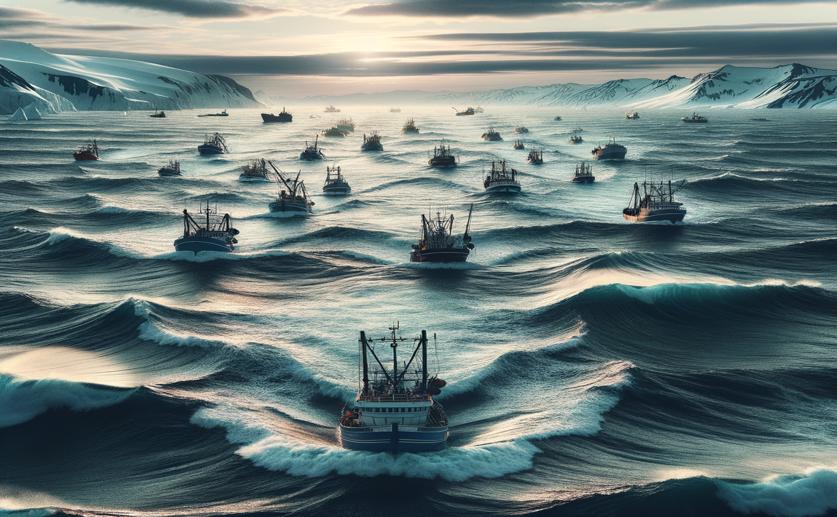
Fishing Boats Moving Northward Across the Bering Sea Shelf from 2013 to 2022
Greg Howard
2nd August, 2024

Image Source: Natural Science News, 2024
Key Findings
- The study focused on the Bering Sea, a vital area for global fisheries, and examined the northward shift of commercial fishing vessels from 2013 to 2022
- Researchers found that fishing vessels have moved northward, with increased activity in the Northern Bering Sea, especially during October-February and July-August
- This shift aligns with the poleward movement of fish populations, driven by climate change and decreasing sea ice, impacting the distribution of commercial fishing efforts
EnvironmentSustainabilityMarine Biology
References
Main Study
1) Poleward shifts in commercial fishing vessel distribution over the Bering Sea shelf, 2013–2022
Published 31st July, 2024
https://doi.org/10.1007/s00300-024-03283-4
Related Studies
2) Genetic evidence of a northward range expansion in the eastern Bering Sea stock of Pacific cod.
3) On the variability of the Bering Sea Cold Pool and implications for the biophysical environment.



 18th February, 2024 | David Palenski
18th February, 2024 | David Palenski